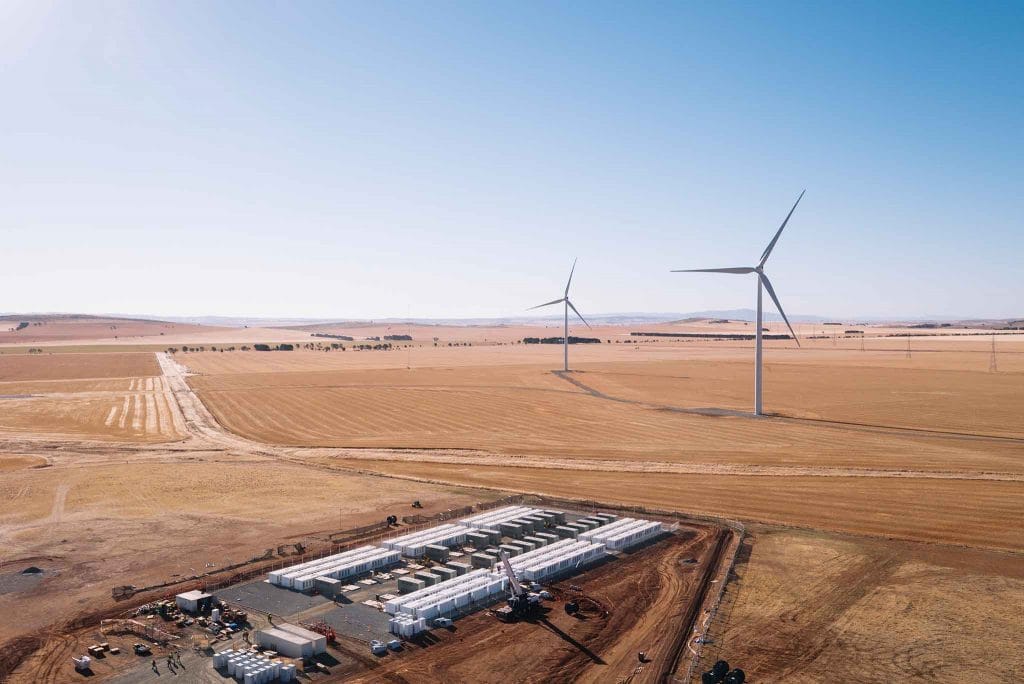
Big batteries bridging the gap?
The electricity system's increasing reliance on renewables could get vital support from big batteries
Summary: South Australia's big batteries reduced the need for gas powered generation during a peak evening hour illustrating their potential for helping to balance the grid. Excess solar and some wind generation during the day had charged big batteries at the Hornsdale Power Reserve, the new Torrens Island battery, and the Lake Bonney and Dalrymple batteries. There are signs of growth in the rate of capacity additions globally as well as other solutions to support the grid which we discuss in this blog.
Why this is important: For sustainability professionals the electricity system is a great example of the need for systems thinking and transitional thinking. The grid of tomorrow is likely to look very different to the grid of today, not least of which because of regional differences. It is not just about changing the way our electricity is generated but also how it is distributed effectively to people when they need it and in the form they need it.
The big theme: As we add more renewables to our electricity generation mix, we create a greater challenge in keeping the grid stable, and in ensuring electricity supply meets demand at all times. These changes are creating some really exciting opportunities for new approaches to grid management, including battery storage, demand management, and interconnectors.

The details
Summary of a story published in Renew Economy:
In a December article in Renew Economy, according to analysts at GPE NEMLog, on 28th September 2023 in South Australia, battery storage accounted for 20.8% or 340 MW of generation at 6.50pm - peak evening demand. Excess solar and some wind generation during the day had charged big batteries at the Hornsdale Power Reserve, the new Torrens Island battery, and the Lake Bonney and Dalrymple batteries.
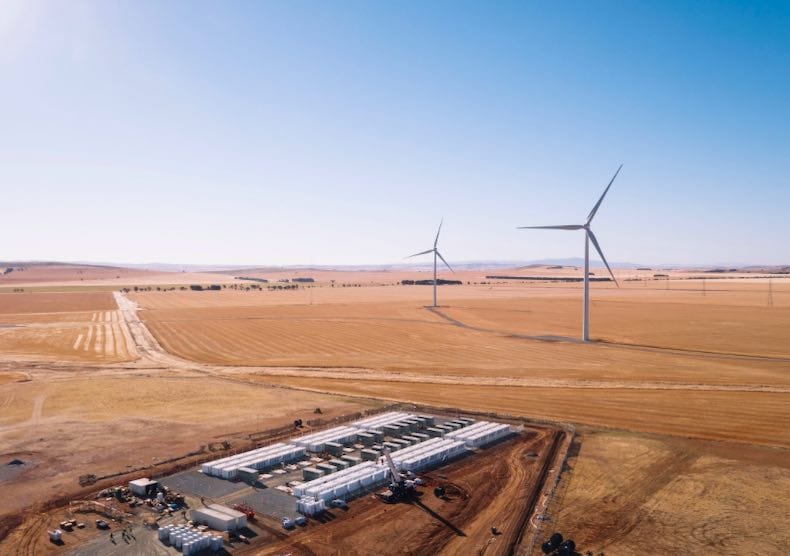
The battery discharge took share from gas at a time when the sun had set and wind energy was providing only 12.6%.
Since Australia's first big battery at Hornsdale was connected to the grid on 1 December 2017, Australia now has 2.8GW of battery energy storage systems (BESS) installed capacity. According to Rystad Energy, Australia needs to increase that capacity to 46GW by 2050.
Why this is important
We have written in the past about how battery storage will play an increasingly important role in the transition and this is a good example of where overall energy generation emissions can be reduced with effective use of big batteries👇🏾
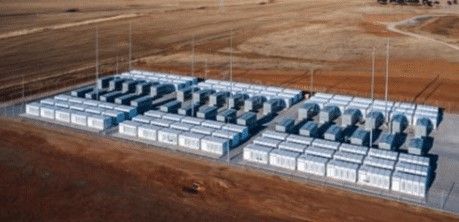
Back in April 2023, BNEF, in their 1H23 outlook forecast the energy storage market to grow from global additions of 16GW in 2022, up to 88GW by 2030. We commented then that even that growth was below many countries' targets, so if they ended up getting the right incentives and regulation in place, this figure could go higher.
In their 2H23 outlook they have indeed raised their estimates now looking for annual additions to reach 110GW by 2030 or 25% higher than in their 1H23 outlook.
Global energy storage’s record additions in 2023 will be followed by a 27% compound annual growth rate to 2030, with annual additions reaching 110GW/372GWh, or 2.6 times expected 2023 gigawatt installations.
BNEF 2H 2023 Energy Storage Market Outlook
Installed battery capacity globally was estimated to be between 45.7GW and 52GW at the end of 2022.
The financial opportunity is potentially large. The 2022 global battery stationary storage market was estimated to be between US$32bn and US$38bn with forecasts for the market reaching ~US$200bn to ~$330bn by 2030.
China dominates both installed capacity and annual additions in the global battery stationary storage market mainly because there are central government directives (most notably the NDRC and NEA) driving the addition of new energy storage systems to accompany renewable energy generation deployments. As of May 2023, installed battery energy stationary storage (BESS) capacity was 12GW, up 37% over the 8.7GW installed capacity in 2022.
In the UK, there is 1.6GW of installed BESS operational with a further 2.7GW under construction according to the latest data from the UK Government (last updated 7th November 2023).
Most recently, the 100MW Richborough Energy Park battery has been connected to the national grid helping to balance the system by soaking up surplus cleanly generated electricity and discharging back to the grid when needed but also provide grid stability managing frequency and voltage imbalances. The Richborough site occupies land where a coal power station once stood.
Additionally, in mid-December 2023, the National Grid's Electricity System Operator (ESO) implemented an automated system to balance supply and demand which should increase how often batteries are used.
US battery storage capacity is expected to double in 2024 from its current 16GW BESS capacity. Two thirds of that capacity is in California and Texas who have both seen rapid growth in variable solar and wind capacity.
Interesting to note that half of the new planned capacity installations out to 2025 will be in Texas.

Beyond chemistry
As well as chemical batteries there are other ways to shift the burden on higher carbon generation during peak periods to cleaner energy generation in off-peak periods.
One method is using basic incentivised behavioural change. In the UK, for example, energy provider, British Gas's PeakSave Sunday scheme offers half price electricity for consumers between 11am and 4pm on Sunday's - typically an off-peak period.
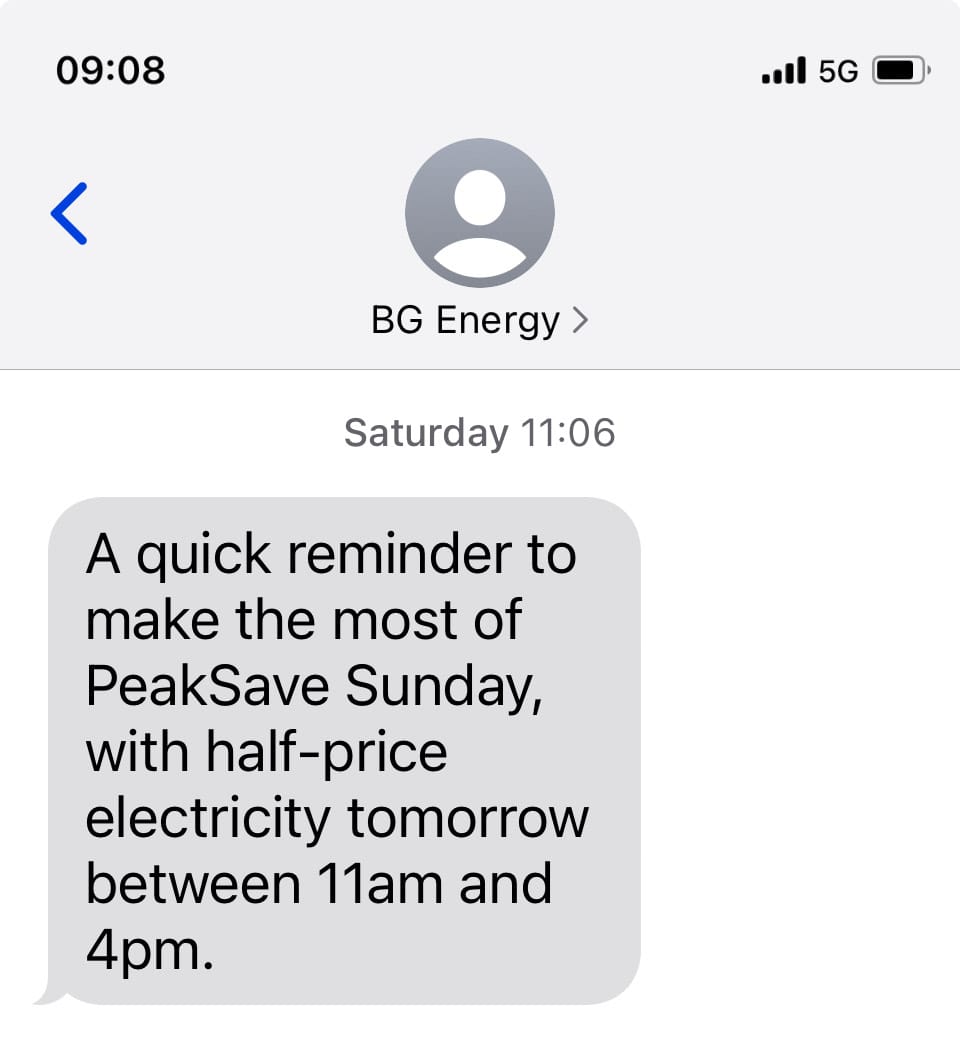
Another approach that we discussed previously is an innovative idea that is being investigated in Australia - using the mass of a building as a 'thermal battery'. Researchers from the University of New South Wales have developed a method of using rooftop PV (photovoltaics) to run air conditioners and ‘pre-cool’ buildings before the rise in energy demand. They have coined the concept ‘solar pre-cooling’ and if it can be implemented at scale it could have a noticeable impact on energy consumption particularly in environments exposed to extreme temperatures, like Australia (and India).
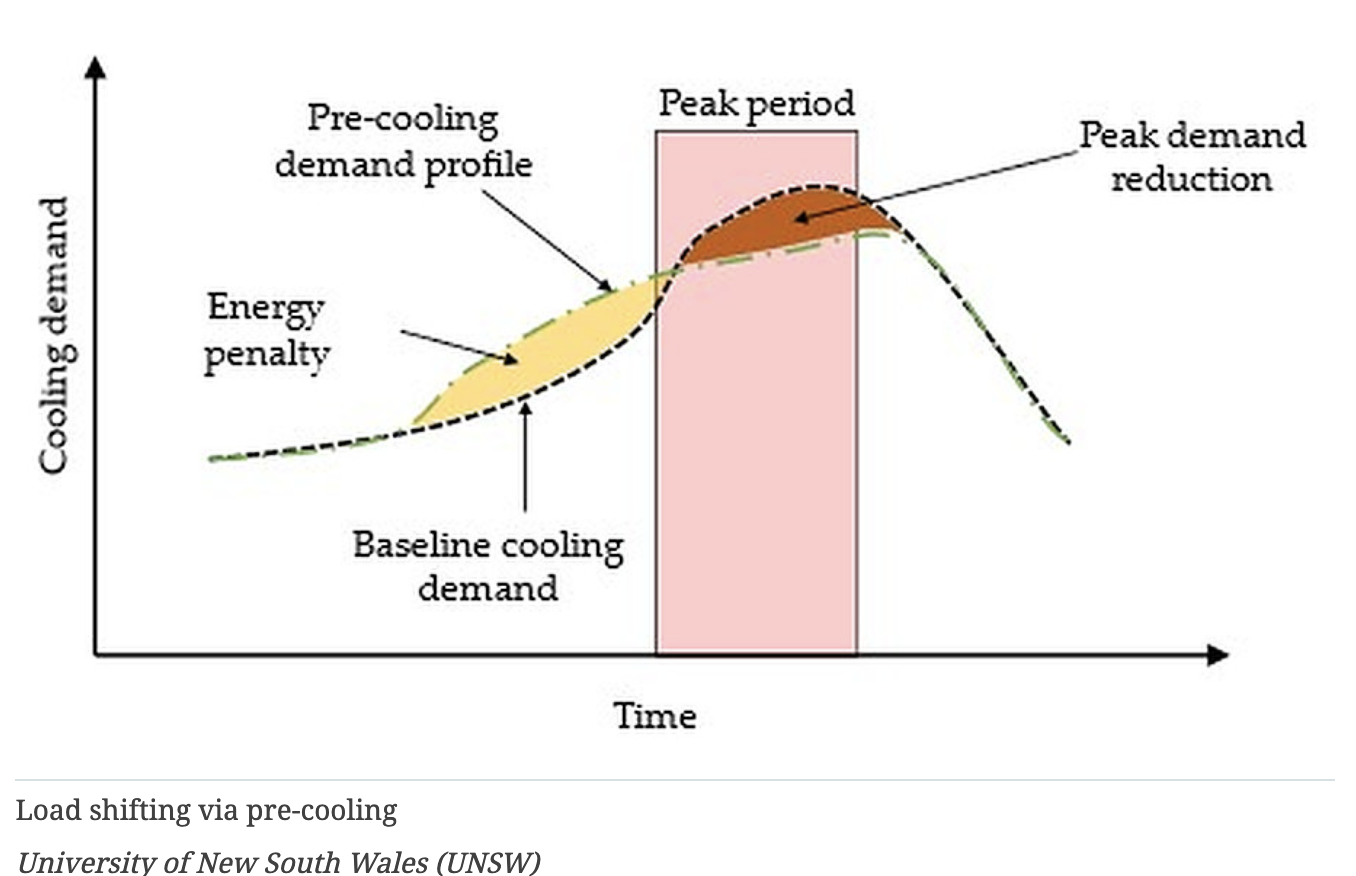
You can read more here 👇🏾
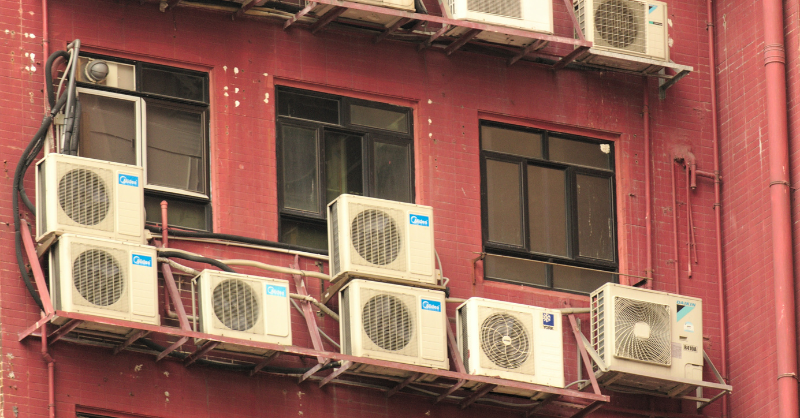
Import / export
At any particular time, a country may produce less or more electricity than is actually needed. Interconnectors allow electricity to flow between a country with excess electricity to one with a deficit - i.e. to the market with higher pricing. The operator of an interconnector makes money through capacity auctions that give customers transmission rights - i.e. the right to use the interconnector. They would still need to purchase or produce that electricity.
What is the interconnector itself? It is a high voltage transmission cable that can either be overhead, underground or even submarine, either on or buried just beneath the sea bed.
You can read more here👇🏾

In the above article from February 2023, we highlighted the UK's interconnector actual and potential capacity:
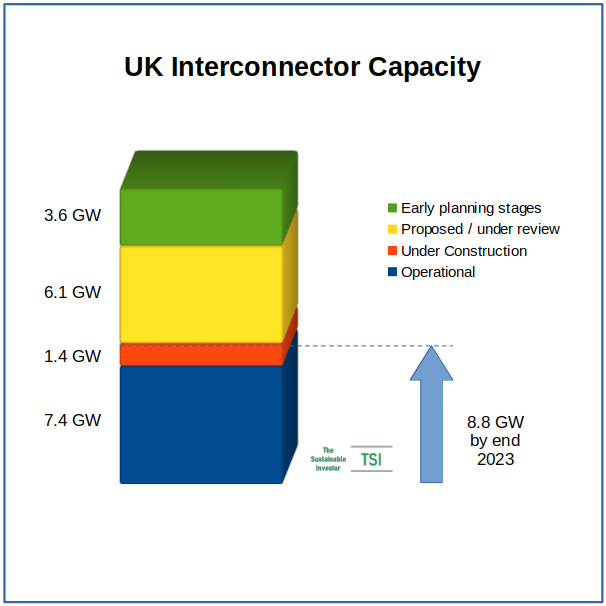
The red segment of capacity under construction comprised the Viking Link which went live at the end of December 2023.
Whilst the total potential capacity of the Viking Link is 1.4GW, it will initially have an import and export capacity of 800MW, due to limitations on the existing West Jutland high-voltage grid in Demark. Energinet, the Danish grid operator, had planned to expand 400kV connections along the West Coast in time for the Viking Link launch but they have only recently broken ground on the new connections due to delays in part due to stricter requirements for environmental permits. The first quarter of 2025 is looking more likely as a completion date.
This highlights the interconnectivity (pun intended) of interconnectors. They are part of a broader system and local grids need to be developed appropriately, pricing mechanisms as well as management need to be in place etc.
The Viking Link is one of the world's longest with its 765km under the North Sea. As such there are some concerns about damage, disruption and downtime risk.
The existing North Sea Link interconnector suffered a fault reducing capacity to half of its full 1.4GW during the middle of 2023.
Basslink which is a 370km interconnector joining the electricity grids of Victoria and Tasmania in Australia has had a few outages. The HVDC Inter-island or 'Cook Striat cable' which links the electricity networks of the North Island and South Island of New Zealand has also had its share of outages.
No doubt interconnectors are an engineering challenge, but are doable.
From macro to micro
Much of what we have discussed so far has been about grids on a national level.
The electricity system of the future could be less linear than the one we have to today and encompass both macro and micro grids.

That means that we not only need battery storage 'front of the meter' or supporting the grid directly, but also storage 'behind the meter' at homes, industrial or commercial premises - for example attached to rooftop solar.
That can be crucial for countries without extensive or developed national grids. Take Nigeria for example. An underdeveloped electricity grid and lack of grid connectivity means that it is a very generator-dependent country. In Lagos, which is both the largest city in Nigeria and Africa (estimated 25 million people), the national grid delivers only 1,000 MW to the city and there are frequent blackouts. Approximately 70% of households are not connected to the grid and their generators supply 15x the electricity that the grid does.
And all those generators generate a lot of GHG emissions - although their GHG emissions footprint may not be a high priority to residents.
However, with the removal of fuel subsidies and traditional fuel prices much higher, residents are likely to be more focused than ever on cost and efficiency. So could this pave the way for rooftop solar adoption and accompanying stationary storage?
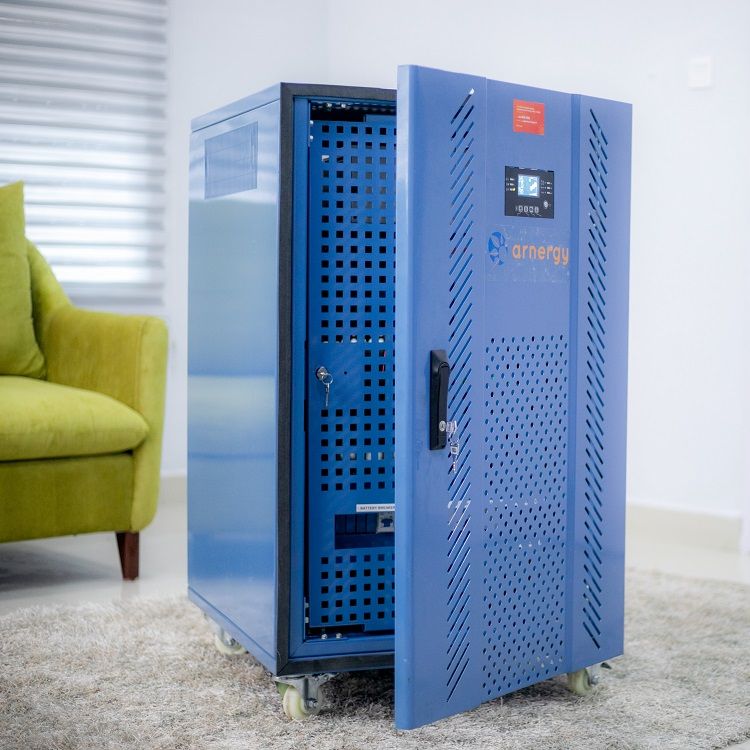
Conclusion
In the electricity system of the future it is clear that we will need a number of solutions to balance the grid, manage supply and demand and battery energy storage systems will be one of those solutions, along with the other things we mentioned. They can all work in a complementary fashion to help reduce reliance on fossil fuel generation and, in time, potentially eliminate its need. Of course there are other forms of stationary storage that do not involve batteries including pumped hydro. We shall explore those in a future blog.
Something a little more bespoke?
Get in touch if there is a particular topic you would like us to write on. Just for you.
Contact us
Please read: important legal stuff.



